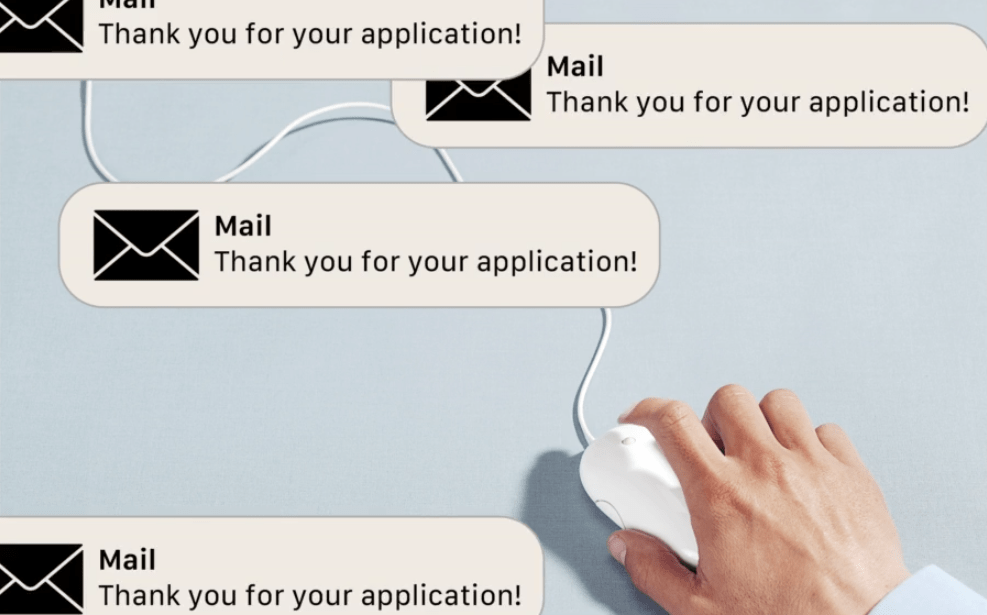Applying for jobs has never been easier. That’s exactly the problem.
With just a few clicks on LinkedIn or Indeed, anyone can fire off dozens of applications in minutes. At first glance, it feels like a win—less time, less hassle. But here’s the catch: employers are now drowning in résumés.
- LinkedIn reports applications are up 45% year-over-year.
- Some recruiters call it a “tsunami of digital paperwork.”
- A single role can receive thousands of submissions—half from candidates who don’t even meet the basic requirements.
To cope, HR teams lean heavily on Applicant Tracking Systems (ATS). These bots scan résumés for keywords, auto-reject anyone who doesn’t match perfectly, and “filter the noise.” But the collateral damage? Great candidates—maybe you—get ghosted before a human ever sees your name.
That cycle creates what one career strategist calls a “cobra effect”: the easier it gets to apply, the harder it gets to stand out. Job seekers respond by applying to even more jobs, which just fuels the flood. The result is a lottery-like scenario where both sides lose—employers miss qualified people, and applicants lose confidence with every unanswered click.
As one job seeker told Business Insider after sending thousands of applications:
“You start to feel terrible about yourself when likely no human has ever viewed your résumé.”
Sound familiar?
If you’ve been playing the numbers game—spraying résumés everywhere, only to hear nothing back—you already know the pain. The truth is, you don’t need more applications. You need undeniable proof.
At FasterGig, we call this the Wedge System: a way to bypass the ATS, get in front of humans, and earn fast replies.
Here’s the FasterGig playbook that actually gets you through:
Are you tired of the endless and frustrating job search process? Look no further than FasterGig – the smarter, automated method that will help you get remote video jobs 10 times faster with minimum effort.
With FasterGig, you can find new job opportunities in your area or even remote positions without the need for previous experience. Our website offers a quick and easy way to apply to jobs and find gigs that fit your skills and needs.
Say goodbye to the stress and time-consuming job search process and hello to a new job with FasterGig!
Click here to get started on your journey towards a brighter and more fulfilling career in the video production industry.

